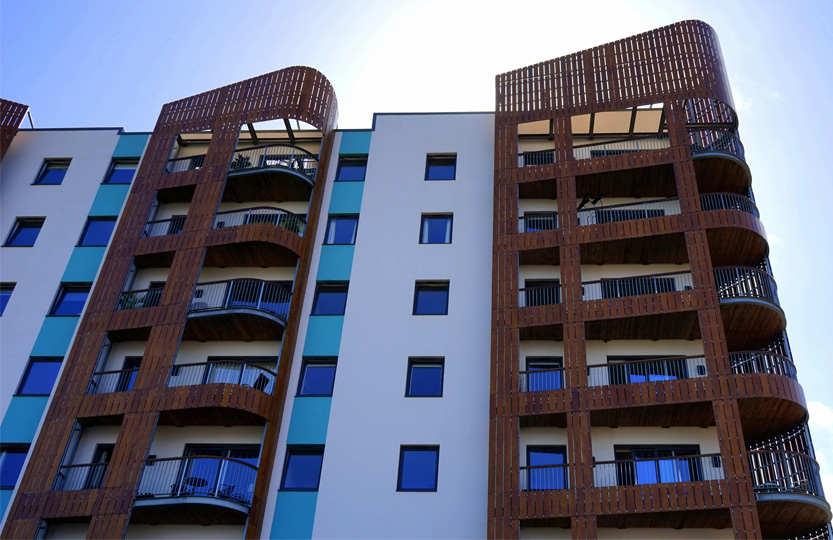In recent years, the housing market has undergone a significant transformation. The dream of homeownership, once a cornerstone of the American Dream, is becoming increasingly difficult for many. With the sharp rise in mortgage interest rates, more people are turning to renting as a more feasible alternative. This shift has created a unique opportunity for savvy investors, myself included, to diversify our portfolios with apartment buildings in high-demand areas like West Palm Beach, Gainesville, Florida, and Las Vegas, Nevada.
The Impact of High Mortgage Rates on Homeownership
The housing market has always been influenced by a variety of factors, but one of the most significant today is the rise in mortgage interest rates. As of 2024, the average rate for a 30-year fixed mortgage hovers around 7.5%—a stark contrast to the sub-3% rates that were available just a few years ago. This sharp increase has put homeownership out of reach for many would-be buyers, particularly first-time buyers who are already struggling with record-high home prices and stagnant wages.
Higher interest rates mean higher monthly payments, which has priced out a significant portion of potential homeowners. For instance, a $300,000 mortgage at 3% would have a monthly payment of about $1,265. At 7.5%, that payment jumps to nearly $2,100—an increase that many households simply cannot afford. As a result, more people are choosing to rent rather than buy, leading to a surge in demand for rental properties.
The Rise of Renting: A New Norm?
The trend toward renting is not just a temporary shift; it’s becoming a new norm. Renting offers flexibility, less financial risk, and often, the ability to live in desirable locations without the massive upfront costs associated with buying a home. For many, renting is not just a fallback option, but a preferred lifestyle choice. This is particularly true for younger generations who value experiences over ownership and are less inclined to tie themselves down with a mortgage.
With demand for rental units soaring, the rental market is booming. In cities like West Palm Beach and Gainesville, Florida, and Las Vegas, Nevada, where population growth remains strong, the need for quality rental housing is at an all-time high. This presents a golden opportunity for real estate investors looking to capitalize on the growing renter demographic.
My Investment Strategy: Capitalizing on the Demand for Rentals
Recognizing this shift, I have adjusted my investment strategy to focus on acquiring apartment buildings in key markets. Recently, I’ve added properties in West Palm Beach and Gainesville, Florida, and Las Vegas, Nevada to my portfolio. These cities are not only growing, but they also offer a strong rental market with a steady influx of young professionals, students, and retirees who prefer renting over buying.
West Palm Beach, with its vibrant economy and year-round appeal, is attracting a diverse population. The demand for rental housing here is strong, driven by an influx of remote workers and retirees who want to enjoy the Florida lifestyle without the commitment of homeownership. Gainesville, on the other hand, is a university town with a consistent demand for rental properties, thanks to the large student population and a steady stream of university staff. Las Vegas, a city known for its entertainment and tourism, is experiencing a surge in population growth as more people move there for its affordability and job opportunities, creating a robust rental market.
These investments align perfectly with the current market dynamics. By focusing on high-demand areas with strong rental markets, I’m positioning myself to benefit from the ongoing trend toward renting. The properties in West Palm Beach, Gainesville and Las Vegas not only offer immediate rental income but also the potential for long-term asset appreciation as these cities continue to grow.
Photo credit Mike Bird via Pexels.com


